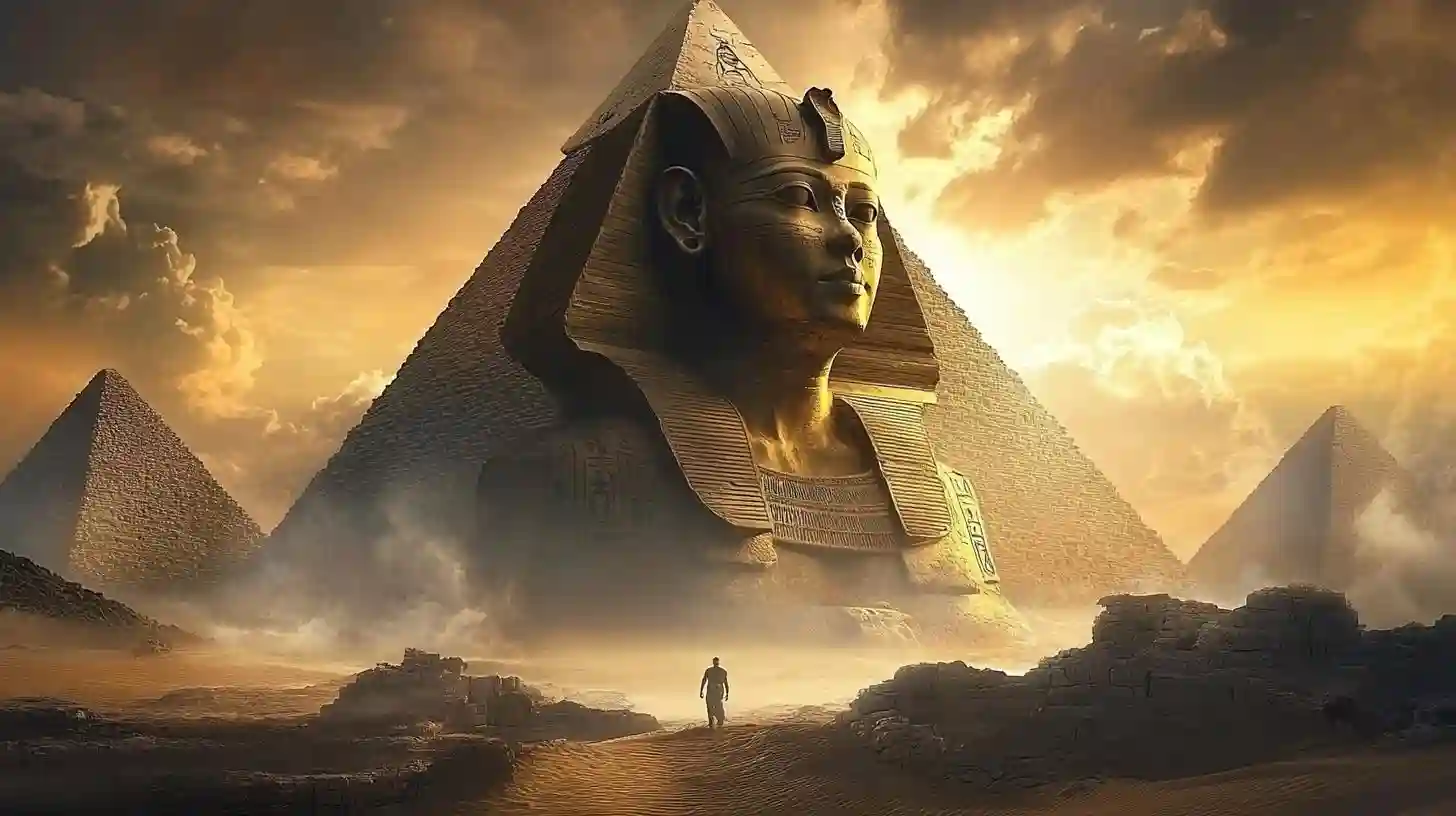
The world is rich with ancient civilizations that laid the groundwork for modern society. While many are familiar with the great empires like the Romans or Egyptians, numerous lesser-known civilizations hold stories that are equally fascinating. Discovering these hidden gems allows us to appreciate the diverse tapestry of human history and the myriad ways in which cultures have evolved.
Among these, the Sogdian civilization stands out for its significant role in early trade along the Silk Road. Originating in Central Asia, the Sogdians became key intermediaries between the East and the West. They established vibrant trading posts, facilitating the exchange of goods, culture, and ideas. These merchants were not just traders; they were also diplomats who spread Zoroastrianism and Buddhism across regions. The Sogdian culture was characterized by a unique blend of Persian, Greek, and Indian influences, evident in their art, architecture, and language.
Another intriguing civilization is the Hittites, who thrived in what is now Turkey around the 15th century BCE. Known for their advances in metallurgy and military strategy, the Hittites played a crucial role in the ancient Near East. They were among the first to use iron extensively, giving them an edge in warfare. Their legal codes showed a complex society with its own system of jurisprudence and governance. Furthermore, the Hittites contributed to the establishment of international treaties, most famously the peace treaty with Egypt after the Battle of Kadesh.
On the fringes of known history, the Muisca people flourished in the highlands of Colombia. Renowned for their skilled craftsmanship and advanced agricultural practices, the Muisca created a rich cultural landscape. They practiced a sophisticated form of advanced agriculture, utilizing a system of water management and cultivating a variety of crops. The Muisca were also famous for their legend of El Dorado, which referred to a ritual of a chieftain covering himself in gold dust and offering treasures to the gods. Their society was organized into confederations, showcasing a level of political organization rarely seen in South America during that era.
In the Pacific, the Maroon communities of the Caribbean were formed by runaway slaves who sought freedom in the dense forests of Jamaica, Suriname, and other islands. These groups developed their own cultures, blending African traditions with local influences. The Maroons established autonomous settlements, creating a society that thrived on agriculture, fishing, and trade. Over time, they became known for their resistance against colonial powers, with some communities successfully negotiating treaties granting them autonomy.
The Urartian civilization, which existed in the region of modern-day Turkey, Armenia, and Iran, left behind monumental architecture and fortresses carved into steep cliffs. Known for their skilled metallurgy, they produced intricate bronze items and weapons. The Urartians were also brilliant strategists, creating an impressive network of irrigation and agriculture that supported a thriving economy. Their language and script bear similarities to other ancient languages, adding to the mystery surrounding them.
In Sub-Saharan Africa, the Great Kingdom of Axum emerged as a powerful trading empire between the first and seventh centuries CE. It was known for its monumental obelisks, showcasing advanced engineering and architectural skills. Axum was a major player in the trading of ivory, gold, and other commodities, engaging with traders from the Roman Empire and India. Its adoption of Christianity in the fourth century established Axum as one of the first Christian states in the world.
The Etruscans, inhabitants of ancient Italy before the rise of Rome, played a pivotal role in shaping the culture and politics of the region. Their art, particularly in bronze and ceramics, reflected a sophisticated understanding of form and function. The Etruscans established city-states with a strong sense of community, heavily influencing Roman architecture, religious practices, and social structure. Their language remains only partially deciphered, adding an air of mystery to this remarkable civilization.
Farther north, the Scythians roamed the steppes of Ukraine and Southern Russia, gaining notoriety as skilled archers and horsemen. Their nomadic lifestyle allowed them to create vast trade networks across Eurasia, connecting East and West long before the Silk Road became a formalized route. The Scythians left behind an array of burial mounds, known as kurgans, filled with artifacts that tell the story of their warrior culture. Their influence can be seen across many ancient civilizations, as they interacted with and impacted cultures from Greece to Persia.
In Southeast Asia, the Cham civilization thrived on the coast of modern-day Vietnam. Known for their impressive temple architecture and maritime trade, the Cham were heavily influenced by Indian culture, incorporating Hindu and Buddhist elements into their society. They established an extensive trading network that connected them with various cultures across Asia, fostering a rich exchange of ideas and goods. Despite facing various challenges over the centuries, the essence of Cham culture persists in the region today.
Lastly, the ancient Ainu people of Japan, a culture distinct from the dominant Yamato, boast a rich heritage imbued with their shamanistic beliefs and profound respect for nature. The Ainu developed their unique language and social systems, closely aligned with the natural world. Their traditional practices, including fishing, hunting, and foraging, reflect a deep understanding of the environment that shaped their worldview. Despite facing significant cultural assimilation, efforts to preserve Ainu culture continue, underscoring its importance in Japan's diverse historical landscape.
Unraveling the stories of these lesser-known civilizations enriches our understanding of human history and showcases the myriad ways societies have developed, adapted, and thrived across different epochs and geographies. Each of these ancient cultures contributes a valuable piece to the intricate puzzle of our shared past, reminding us of the complexities and diversities of human achievement.